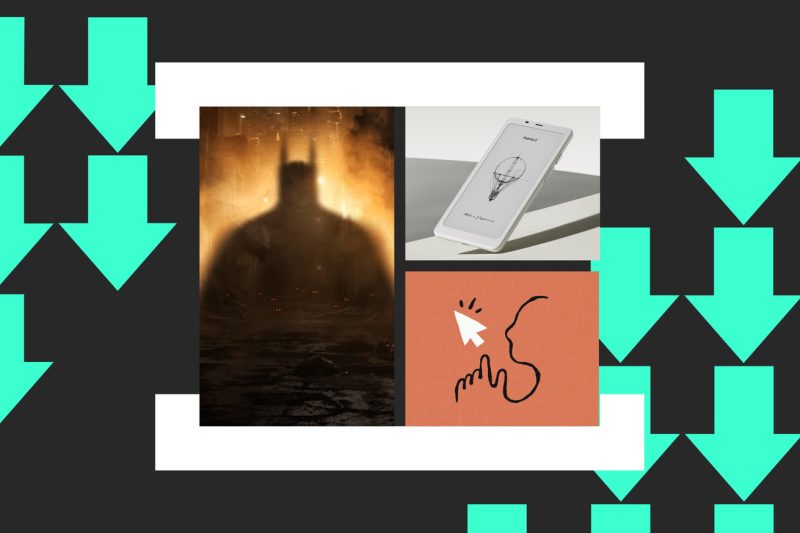Ray Tracing in VR: A Game-Changer for Virtual Reality Enthusiasts
VR gaming has long been a popular and innovative approach in the gaming industry, offering players a uniquely immersive experience by transporting them into virtual worlds. However, as technology continues to advance, gamers are constantly seeking new ways to enhance their virtual reality experiences. One of the most exciting developments in recent years is the integration of ray tracing technology in VR games, promising to revolutionize the way we perceive and interact with virtual environments.
Ray tracing, a rendering technique that simulates the way light interacts with objects in a scene, has been predominantly utilized in traditional gaming to create stunning visuals with realistic lighting effects. With the advent of powerful hardware such as NVIDIA’s RTX graphics cards, ray tracing is now making its way into the realm of VR gaming, unlocking a whole new dimension of visual fidelity and immersion for players.
The impact of ray tracing in VR cannot be overstated. By accurately modeling the behavior of light in a virtual environment, ray tracing is able to provide unparalleled visual realism, allowing for lifelike reflections, shadows, and lighting effects that significantly enhance the overall visual quality of VR games. This level of graphical detail not only creates a more immersive and captivating experience for players but also adds a new layer of depth and realism to virtual worlds.
One of the key benefits of ray tracing in VR is its ability to enhance spatial awareness and realism within virtual environments. By accurately simulating the way light interacts with objects, players are provided with more realistic visual cues, such as accurate reflections and shadows, which can greatly improve their sense of presence and immersion in the virtual world. This heightened level of realism not only adds to the overall visual appeal of VR games but also enhances gameplay mechanics by providing players with more intuitive and responsive environments to interact with.
Furthermore, ray tracing in VR opens up a world of creative possibilities for game developers, enabling them to create visually stunning and dynamic worlds that were previously not achievable with traditional rendering techniques. The introduction of realistic lighting effects and reflections can add a new layer of depth and atmosphere to virtual environments, making them feel more vibrant and alive. As a result, players can expect to see a new generation of visually stunning VR games that push the boundaries of what is possible in virtual reality.
Despite the remarkable advancements that ray tracing brings to VR gaming, it is worth noting that the technology does come with hardware requirements that may pose a challenge for some players. To fully experience the benefits of ray tracing in VR, players will need a capable graphics card that supports ray tracing technology, such as NVIDIA’s RTX series. While this may present a barrier to entry for some, the incredible visual fidelity and immersive experience that ray tracing offers make it a worthwhile investment for virtual reality enthusiasts.
In conclusion, the integration of ray tracing technology in VR gaming represents a significant leap forward in the evolution of virtual reality experiences. By delivering unprecedented levels of visual realism, immersion, and interactivity, ray tracing has the potential to redefine the way we perceive and engage with virtual environments. As game developers continue to harness the power of ray tracing to create visually stunning and dynamic VR experiences, players can look forward to a future filled with even more captivating and engaging virtual worlds.

